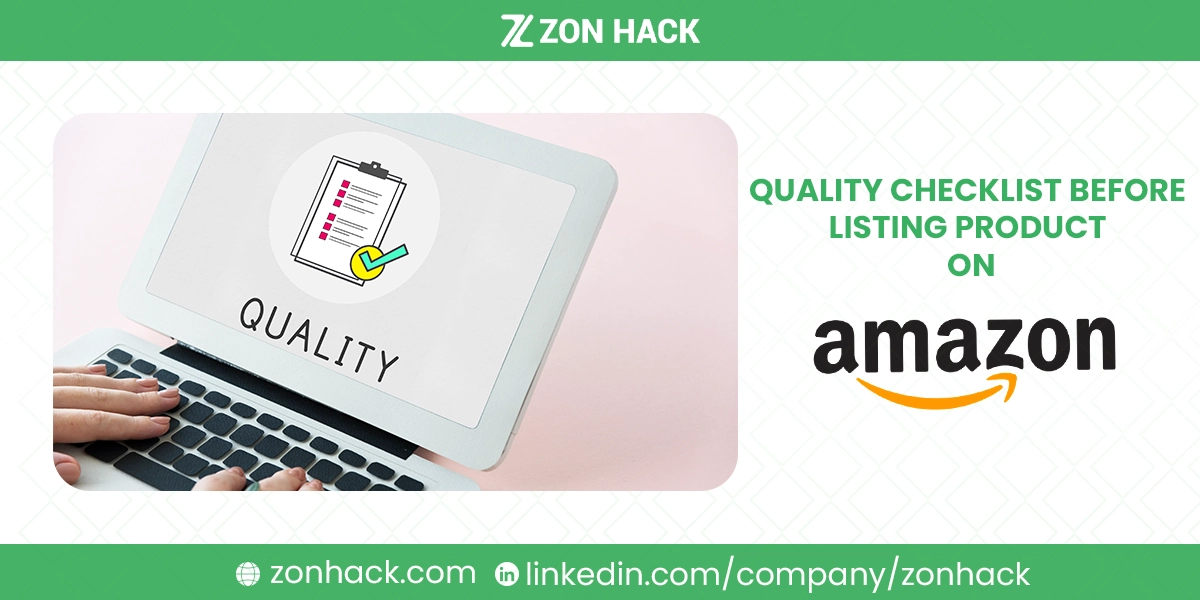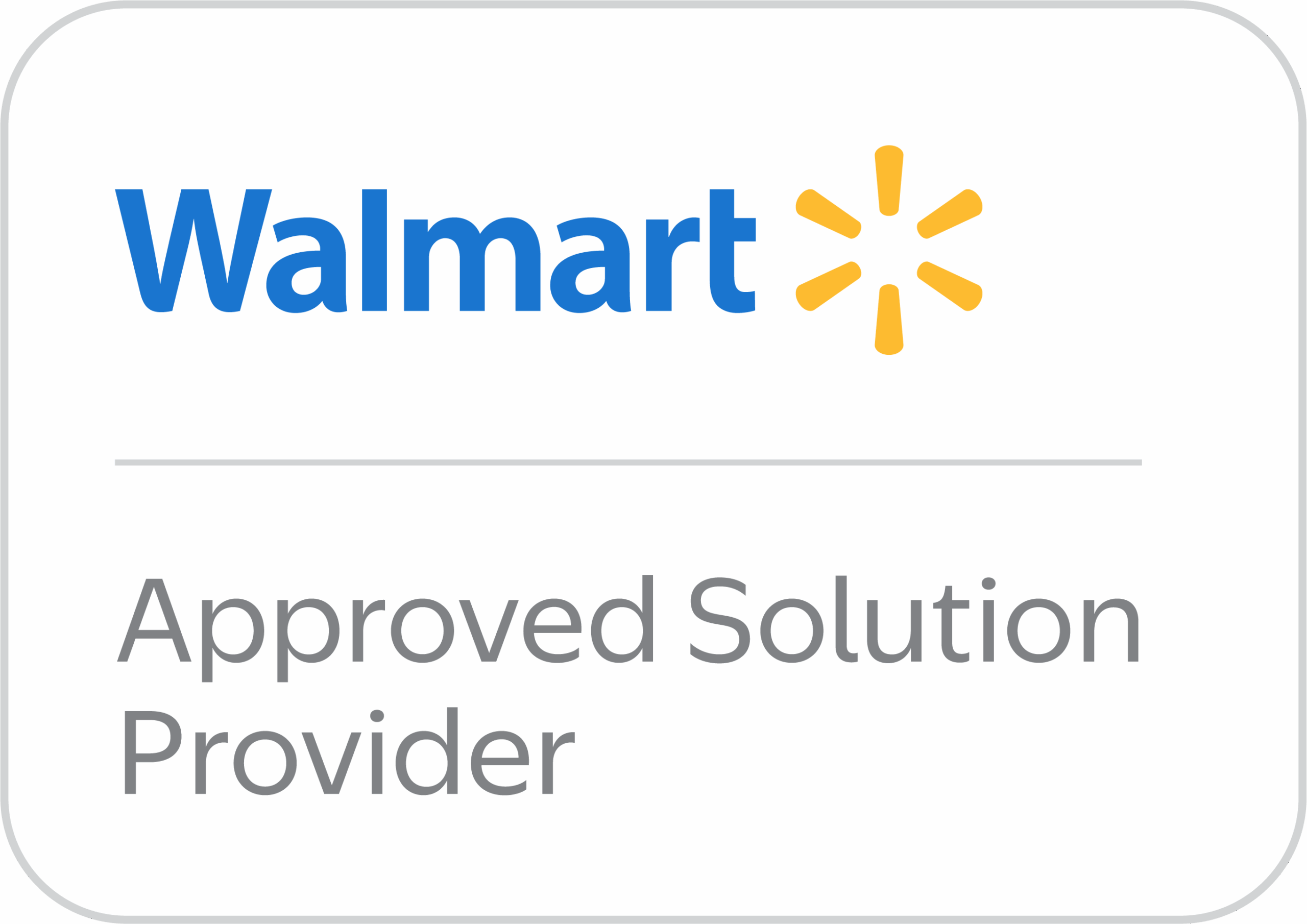You’ve poured your heart and soul into creating an amazing product, and now you’re just about ready to launch it into the bustling world of Amazon. That’s a massive step, and believe me, the excitement is palpable! But before you hit that “go live” button, let’s take a deep breath and walk through a critical checklist. Think of it like a final dress rehearsal before opening night; we’re making sure every single detail is perfect so your product shines bright from day one. This isn’t just about avoiding potential headaches down the line; it’s about building a robust foundation for your brand, delighting your customers, and setting yourself up for long-term success. I’m here to guide you through every essential step, ensuring your product is truly ready for its grand Amazon debut.
Product Quality & Compliance
First things first, we absolutely have to talk about the star of the show: your product itself. This section is all about making sure it’s top-notch, safe, and adheres to all the necessary standards and regulations.
Product Inspection
Before your product even thinks about reaching a customer’s hands, it needs a thorough examination. I’m talking about a detective-level investigation here. You should conduct a meticulous visual inspection of every unit, or at least a statistically significant sample, right before it leaves your factory. Look closely for any tiny scratches, subtle dents, or unexpected irregularities in the finish, color, or shape. Even small imperfections can lead to customer disappointment and negative reviews, so catching these “oops” moments early is crucial.
Beyond looks, the product needs to actually work. You must ensure it has passed comprehensive functionality testing. If it’s an electronic gadget, do all the buttons work? Does it power on consistently? If it’s a kitchen tool, does it perform its intended function perfectly every time? Test every single advertised feature. A non-functional product is a guaranteed return and a quick way to damage your brand’s reputation. Safety is also paramount, so safety testing must be conducted to ensure no hazards are present. Are there any sharp edges where there shouldn shouldn’t be? Is there any risk of overheating or electrical shock? Formal testing by certified labs is often a necessity, not just a recommendation. Furthermore, it’s vital to have identified and addressed any known failure points. Every product might have a weak spot under stress. By proactively finding and improving these areas during manufacturing, you’ll save yourself (and your customers) a ton of trouble down the road.
Material Quality & Durability
The very stuff your product is made of speaks volumes about its quality. You need to ensure high-quality, durable, and safe materials are used. For example, if it’s bakeware, is it truly food-grade stainless steel? If it’s a child’s toy, are the plastics non-toxic and BPA-free? These aren’t just details; they’re critical for customer safety and product longevity. Your product also needs to genuinely meet customer expectations in terms of its build and finish. Does it feel solid and well-made in their hands? Do the components fit together seamlessly? A product that feels flimsy or looks cheap, even if functional, will likely disappoint. We’re aiming for those “wow!” moments, not “meh” ones.
Compliance & Certification
This might sound like the dry, bureaucratic part, but it’s absolutely non-negotiable for selling legally and safely. You must ensure all necessary certifications have been obtained. Depending on your product and where you’re selling it, this could include CE for Europe, FCC for the US, or UL listing for electrical safety, among others. These aren’t just stamps; they prove your product meets stringent safety and quality standards set by official bodies. Skipping them can lead to fines, product recalls, or Amazon banning your listing outright. Beyond certifications, your product must also adhere to all local regulations and Amazon’s own policies. Amazon has a vast and detailed rulebook, from restricted products to safety guidelines. It’s crucial to verify the absence of any prohibited substances, like certain heavy metals or chemicals, which are often regulated by standards like RoHS or REACH. Finally, all required warnings and compliance labels must be clearly included on both the product and its packaging. These include everything from choking hazard warnings to age restrictions or proper disposal instructions, protecting both your customers and your business.
Packaging & Labeling
Think of packaging as your product’s personal bodyguard, ensuring it arrives safely, and labeling as its identity card, making sure it’s recognized.
Protecting Your Product
This is paramount: your packaging must be strong enough to protect the product during shipping. Imagine your beautiful item arriving as a pile of broken bits—that’s a nightmare you want to avoid. Consider the journey your product will take and choose materials like sturdy cardboard, internal inserts, or ample bubble wrap that can withstand bumps, drops, and general transit abuse. Investing in good packaging minimizes costly damage claims and returns. Beyond protection, ensure your product labeling is accurate. This means checking that your internal SKU, the correct retail barcode (UPC/EAN), your brand name, and the specific model number are all spot on. Incorrect labeling can lead to inventory mix-ups and shipping errors.
If you’re using Amazon’s FBA (Fulfillment by Amazon) service, your packaging must align meticulously with their specific FBA requirements. This covers everything from box sizes and weight limits to exterior labeling and how products are prepped. Amazon’s rules are designed for efficient processing in their massive warehouses, and non-compliance can lead to delays, extra fees, or rejected shipments. Also, remember that the barcode (UPC/EAN/FNSKU) must be scannable and correctly placed. A non-scannable barcode means your product won’t be able to enter Amazon’s system, causing significant processing delays.
Enhancing the Customer Experience
Packaging isn’t just about protection; it’s part of the overall experience. Your packaging should also include a customer-friendly design that enhances the unboxing experience. Think about how premium brands package their products – it’s an event! While your budget might differ, you can still make it special. Is it easy to open? Does it look appealing? Are there any thoughtful touches? A great unboxing experience can significantly boost customer satisfaction and even lead to positive social media shares.
Documentation
Even the coolest product benefits from clear guidance. Good documentation elevates the customer experience and can significantly reduce your workload.
Guiding Your Customer
A well-crafted user manual is essential and must be easy to follow. It should use clear, concise language, avoid jargon, and incorporate helpful diagrams. The goal is to empower your customer to use your product effortlessly from day one, minimizing frustration and preventing them from needing to contact support unnecessarily. If you’re selling internationally, providing translations in relevant languages is a fantastic way to show you care about your diverse customer base, improving accessibility and reducing language-related queries.
Beyond initial setup, it’s wise to include basic troubleshooting guidance. Things sometimes go wrong, and a simple “if X happens, try Y” section can save your customers a lot of headaches and reduce your support load. Finally, your customer support or warranty information must be visible and accessible. Customers need to know how to reach you if they have questions or problems, and how to utilize their warranty if needed. Clear contact information and warranty details build trust and demonstrate that you stand behind your product.
Product Listing Optimization
Once your product is physically ready, it’s time to build its digital storefront. This is where you convince Amazon’s algorithm and your potential customers that your product is exactly what they’ve been looking for.
Product Title
Your product title is the first thing a customer sees in search results—it’s your product’s headline, so make it count. It needs to contain your brand name, the product type, a primary feature, and any relevant variants like color or size. This provides key information at a glance. Crucially, your title must be keyword-optimized for Amazon search visibility. Research what terms customers are actually using to find products like yours and weave those keywords naturally into your title. Remember, your title also needs to stay within Amazon’s character limit and comply with all their formatting rules; no ALL CAPS or promotional phrases.
Product Images
Visuals are paramount on Amazon; your images are your virtual sales assistants. You should provide a minimum of 7 high-resolution images, showcasing your product from every angle. Your main image must be on a pure white background with a full product view, a strict Amazon requirement. Beyond that, include lifestyle images showing your product in use to help customers visualize it in their lives. An infographic image highlighting key features is also a powerful way to convey information quickly and visually. If size is important, always include an image showing dimensions or a size reference. Most importantly, all images must be an accurate representation of the actual product and its packaging to avoid customer disappointment and returns.
Bullet Points (Key Product Features)
These five bullet points are prime real estate on your product page, sitting just below the title. They are your quick-fire sales pitch. Aim for 5 concise and benefit-driven bullet points. Each one should not just list a feature but immediately explain the benefit that feature provides to the customer. Ensure they have a clear structure and are easy to read, as customers often skim these. These points should effectively highlight your main selling points and articulate the customer value. Naturally, they should also be integrated with relevant keywords to boost search visibility.
Product Description & A+ Content
This is your opportunity to tell your product’s full story and dive into more detail. Your product description should be detailed and well-structured, expanding on the bullet points and providing more context. It needs to explain various use cases, the overall value, and all the benefits your product offers, painting a clear picture for the customer. As always, naturally incorporate keywords into your description for SEO, but prioritize clear, engaging prose. Use clean formatting, including paragraphs, spacing, or bolding, to enhance readability and avoid a giant wall of text. If you are Brand Registered, ensure your Enhanced Brand Content (now A+ Content) is complete and perfectly on-brand, leveraging rich media and brand storytelling to differentiate yourself.
Backend Search Terms
These are your secret SEO weapons, invisible to customers but incredibly important for Amazon’s search algorithm. Your backend search terms should include high-volume keywords not visible on the front end of your listing, such as synonyms or broader terms. Crucially, there should be no repetition of keywords already in your title or bullet points; Amazon’s algorithm already knows those. Make sure to add common misspellings and synonyms to capture a wider array of customer searches. Remember the strict format: no commas or filler words, and the total must be within the 250-byte limit.
Category & Attributes
Getting these right is foundational for discoverability. Your product must be listed in the correct and most specific category available on Amazon. Beyond the main category, ensure accurate browse nodes are selected for better discoverability when customers browse by category. It’s vital to complete all relevant attributes (like material, weight, dimensions, color, etc.) precisely. Customers use these filters to narrow searches, and complete information reduces returns. Finally, if your product comes in different variations (e.g., size, color), ensure they are correctly structured under a single parent ASIN. This groups all options on one product page, enhancing the customer experience and centralizing reviews.
Pricing & Logistics
Now that your product looks fantastic online, let’s talk about how you’ll price it and get it into customers’ hands efficiently.
Pricing Strategy
Setting the right price is a delicate art. Your pricing should be competitive and in line with market expectations for similar products. Research what your competitors are selling for to find that sweet spot. Most importantly, ensure your cost structure covers all Amazon fees, shipping costs, and leaves you with healthy profit margins. You’re in this to make money, so do your math! Consider if you want to implement any promotional discounts, coupons, or deals right at launch; these can be great for attracting initial sales and boosting visibility.
Inventory Readiness
You can’t sell what you don’t have! Your initial inventory levels must be sufficient to meet anticipated demand, especially if you’re running promotions. Nothing’s worse than a successful launch followed by immediate stockouts. As you grow, having an inventory management system in place to track stock and avoid out-of-stock (OOS) situations is critical. OOS hurts your sales, your ranking, and disappoints customers.
Fulfillment Preparedness
How will your product get to the customer’s doorstep? If you’re using FBA, your packaging and labeling must conform to Amazon’s warehouse standards. Improper prep leads to delays and fees. You’ll also need to have your shipping plan created and the shipment confirmed to Amazon. If you’re going the FBM route, you need a reliable shipping carrier selected, and your accurate shipping times must be configured in your Amazon settings. Under-promising and over-delivering on shipping times can significantly boost customer satisfaction.
Customer Service & Post-Launch Plan
The launch is just the beginning; your post-launch strategy, especially how you handle customer interactions, is crucial for building a strong brand and lasting success.
Customer Support
Excellent customer service is a powerful differentiator. You need a clear process defined for responding to customer inquiries within 24 hours. This includes questions about the product, shipping, or any issues. Timely and helpful support builds trust and can turn a potential negative into a positive. Your return/refund policy should be clearly outlined and easy for customers to understand. While Amazon has its own policies, you should communicate how you handle these situations transparently. Also, have a strategy in place for professionally handling negative reviews or complaints within Amazon’s guidelines. How you address criticism publicly speaks volumes about your brand.
Review Strategy
Reviews are the lifeblood of an Amazon business, providing crucial social proof. You can consider TOS-compliant insert cards included with your packaging for feedback requests. Remember, Amazon has strict rules about review solicitation, so these must comply perfectly. For new products, enrolling in Amazon Vine or the Early Reviewer Program (if applicable) can be an excellent way to gain initial, legitimate reviews. If you’re using third-party tools, ensure any follow-up messaging campaigns are compliant and automated to gently remind customers to leave reviews, always adhering strictly to Amazon’s communication policies.
Legal, Branding & Final Checks
Almost there! These final steps ensure your brand is protected, you’re legally sound, and everything is perfectly in place for launch.
Brand Registry & Intellectual Property
Protecting your brand identity is vital. Ensure your trademark is secured and you’re enrolled in Amazon Brand Registry. This powerful program helps you protect your intellectual property, control your listings, and combat counterfeits. Once Brand Registered, make sure your brand story and A+ content are completed and thoroughly reviewed; these features allow for richer storytelling and brand representation. With Brand Registry, you can actively work to ensure your product listings are protected against counterfeits and hijackers by monitoring your listings and reporting violations.
Amazon Policy Compliance
Staying in Amazon’s good graces is non-negotiable. If your product falls into a restricted or “gated” category, ensure it has been approved by Amazon before you list it. You must also confirm there are no policy violations or unresolved performance notifications on your seller account; a clean record is crucial for smooth operations. Finally, make sure all your tax and legal documents are correctly submitted to Amazon. This is fundamental for receiving payments and staying compliant with regulations.
Final Review Before Launch
This is it—the absolute last chance to catch anything before the big launch! Do a meticulous, final review. Confirm spelling, grammar, and listing accuracy across your title, bullet points, description, and backend search terms. Even a small typo can look unprofessional or affect search. If you’re planning on running Amazon Ads, ensure they are scheduled and your keyword campaigns are fully ready to go live, as concurrent launch can provide a powerful initial boost. Lastly, if you have a team, ensure they are briefed on launch day roles and the customer service workflow. Everyone should know what needs to happen to make your launch a resounding success.
Conclusion
Getting a product ready for Amazon isn’t a small task—but that’s what makes it worth doing right. Every piece of this checklist is designed to give you a better shot at success, reduce surprises, and build a product that stands out in a crowded market.
Take it slow, pay attention to detail, and don’t rush the process. If you’ve made it through this entire guide, you’re already ahead of the curve. Your hard work will pay off in customer trust, better reviews, and long-term growth.




